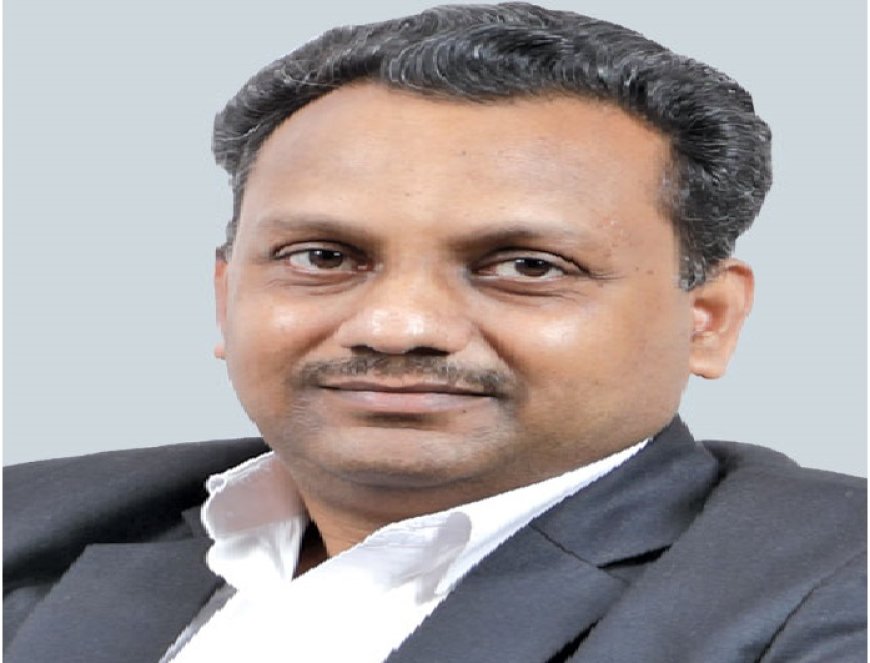Rising urbanisation and industrialisation is driving demand for wires and cables
Wires and cables are an indispensable part of our daily lives, safeguarding us from any short circuit and electrical fire-related accidents. The market had seen a halt owing to the massive outbreak of COVID-19 which resulted in nationwide lockdowns to combat the spread of the virus, and this led to a decline in the overall market growth. After COVID, rising urbanisation and industrialisation in India are driving the growth of this market.

Arvind Agrawal
Senior Vice President, Havells India
How is the wires and cables market performing in terms of demand and supply?
Wires and cables are an indispensable part of our daily lives, safeguarding us from any short circuit and electrical fire-related accidents. The market had seen a halt owing to the massive outbreak of COVID-19 which resulted in nationwide lockdowns to combat the spread of the virus, and this led to a decline in the overall market growth. After COVID, rising urbanisation and industrialisation in India are driving the growth of this market.
Implementation of GST, improved efficiency and a balanced cost structure are some factors which contributed to the growth of organised sector in India. Moreover, rising middle class incomes, greater customer involvement in electrical purchase and preference for quality brands are also driving the growth of organised players in the retail wires and cables market. The best possible manner to manage the challenges is effective supply chain management and better logistics. With our goal of 'zero quality cost' and 'zero failures', we have strengthened our capacity for quality and set customer trust as our highest value.
The other factor is having the best-in-class machinery which can help minimise waste and ensure product which comes out is cost-effective and superior in quality.
As the government pushes infrastructure projects and increases investment in the power sector, how do you see the future for wires and cables market in India in the coming years?
Wires and cables demand is directly dependent on the growth of the manufacturing industry and infrastructure in the power, telecommunications, residential and commercial sectors. Thus, the Government's initiatives on various fronts like power, housing, infrastructure and digitization are sure to generate a lot of business for the wire and cable industry in the foreseeable future. The Indian wire and cable market is growing at an even faster rate considering the rapid urbanization and the infrastructure developments in the tier-2 and tier-3 cities as the post-pandemic effect.
Havells will also be largely benefited with the increasing spend in infrastructure development under Self-Reliant India drive as architects, builders, and electrical contractors are emphasizing for 'Make in India' brands that match (or improve upon) the global quality standards. The revival of real estate, thrust on infrastructure, telecommunication and renewable power to drive category growth.
With increased consumer awareness and consciousness towards safety, the industry is seeing a focus on HRFR (Heat Resistant Flame Retardant), FRLS-H (flame retardant and low smoke halogen) and HFFR (halogen-free flame retardant) cables. Over the period, we have expanded our range to include solar, telecom and CCTV cables.
The recently launched campaign by Havells is an example how our consumer's safety has been always our top priority. We at Havells are promoting HFFR insulated wires and educating our consumers the benefits of this product.
How is sustainability playing its part in the wires and cables market and what way forward you see for your company?
The rising concern of global warming has forced industries globally to adopt green and sustainable energy measures. In support of the move, Havells India has also initiated several steps to reduce carbon footprints and limit emissions. From adherence to global green certification standards, eco-friendly raw materials, green manufacturing process, and insulation materials to disposals, Havells has been transforming in many possible ways to reduce the environmental impact of its operations and products.
Energy-efficient and environmentally friendly manufacturing process prioritizes less carbon emission, maximum recycling, and harmless disposal of waste materials, and to achieve this it requires a lot of planning and proper implementation.
We need additional awareness for the acceptance and usage of lead-free, HFFR cables in India. The insulation used in HFFR wires is made from materials that do not cause environmental pollution, have better fire resistance, have low toxicity and free from any carcinogenic substances. The insulation also provides high-temperature stability.
Sustainable wires are widely accepted by customers who care for the safety of their house occupants and others around them. Havells has been promoting HFFR insulated wires and educating consumers the benefits of the products.
Hits: 0







